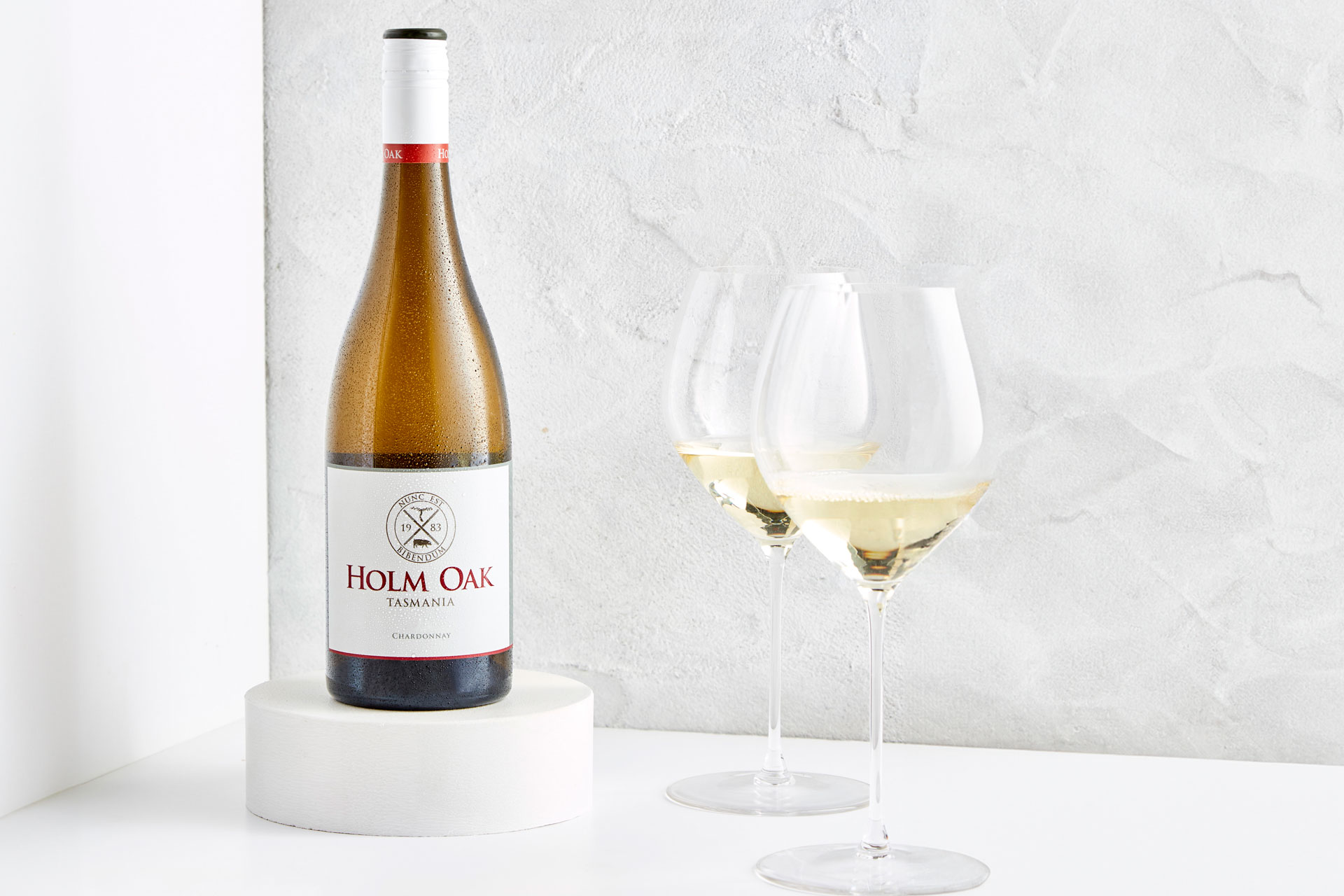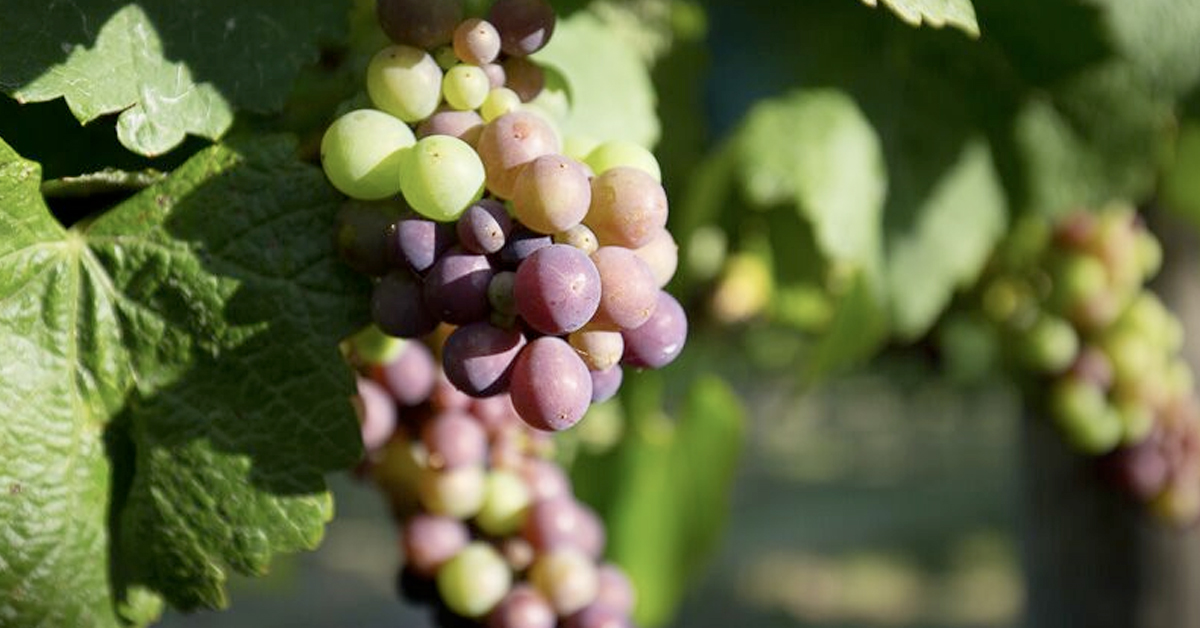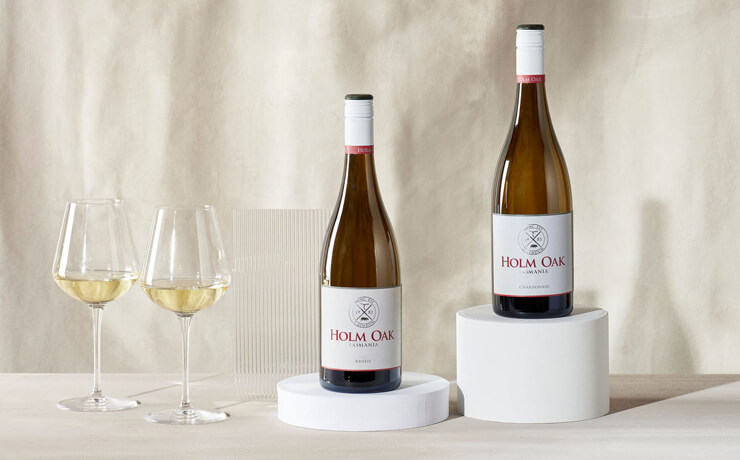Our Vineyard Variations
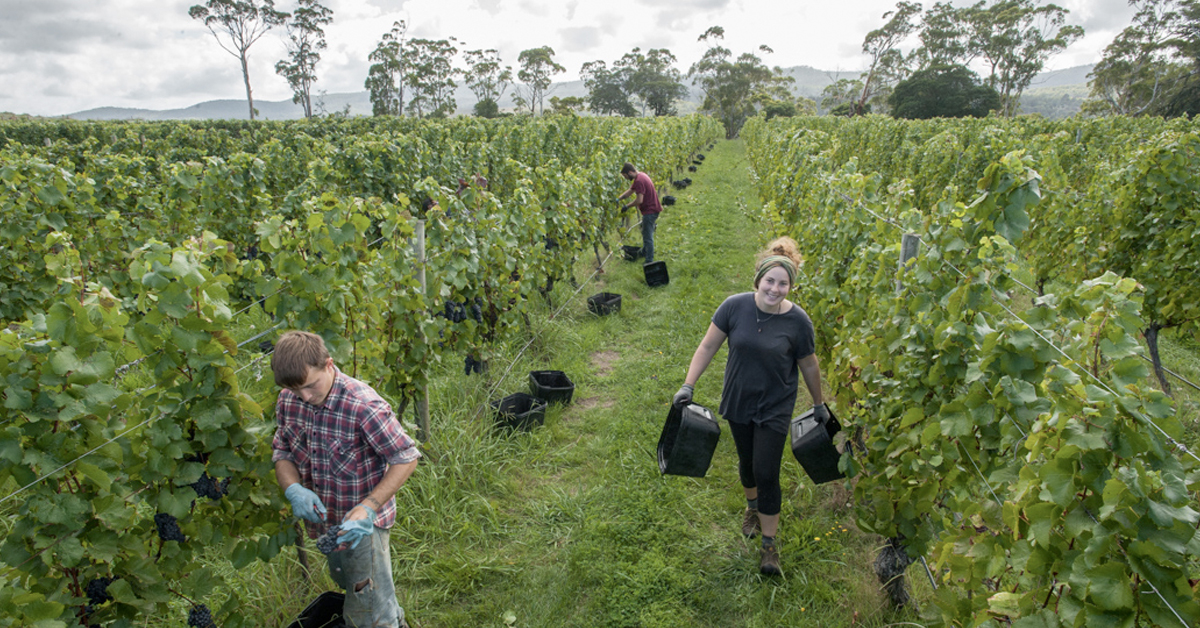
The Wizard – ever wondered why our premium estate-grown Pinot Noir carries this moniker? It’s because our vineyards are steeped in sporting history. Yes, an unlikely match – sport and winemaking – but one that we are proud of nonetheless.
You see, in the 1930s, the original use of our fertile Tamar Valley site was to grow Holm Oak trees, whose durable trunks would end up at the Alexander Patent Racquet Company. In those days, the Alexander factory toyed with the idea of crafting a new style of racquet, one with a semi-flat top – an innovation for the time. It was this racquet, named The Wizard (a nickname given to Sir Norman Brookes during his winning days) that was used by Jack Crawford to win Wimbledon in 1933.
In a fortuitous turn of events, the wood from the Holm Oak trees didn’t meet the Alexander Factory’s high standards to be crafted into racquets. And herein lies the kicker – the racquet industry’s loss was the Tassie wine industry’s gain. In 1983, instead of focusing on racquet production, grape vines were planted in our rich land, rendering Holm Oak one of the oldest vineyards in Tasmania. Those original Pinot Noir Cabernet and Riesling plantings continue to yield superb fruit and we have since planted Arneis, Chardonnay, Merlot, Pinot Gris, and Sauvignon Blanc, Shiraz and a lot more Pinot Noir.
Here’s how our 14 hectares are divided:
- 0.8 hectare of Riesling, which consists of three clones established in 1991
- 2.5 hectares of Pinot Gris, established in 2007 and 2013
- 2 hectares of Chardonnay, made up of four clones, established in 2007, 2008 and 2017
- 9 hectares of Pinot Noir. Clones currently planted include: MV6, D5V12, 114, 115, 777, D4V2, 521, Abel and 777. The first two clones were established in 1983 making them some of the oldest Pinot Noir vines in Tasmania.
- 1.8 hectares of Cabernet Sauvignon, established in 1983
- 0.6 hectares of Merlot, established in 2013 and 2020
- 0.3 hectares Arneis, established 2009
- 0.3 Hactares Cabernet Franc, established 1983 and 2020
- 0.2 Hactares Shiraz, established 2015
Vine spacing? It varies from 2000 to 4000 vines to the hectare. The plantings post-2007 are just more than 2000 vines to hectare. All plantings run north/south to maximise their exposure to the sun.
Let’s talk viticulture
We carry out the majority of our own vineyard management – these berries in production are our “other children”, so it’s vital we keep a firm hand and keen eye on vineyard changes and fruit quality outcomes.
In our experience, arched cane VSP (vertical shoot positioned) seems to produce the best results. We prune the majority of the vineyard this way. During the growing season we shoot-thin, leaf-pluck and remove shoulder bunches if necessary. We may need to trim tops of shoots prior to veraison (on-set of ripening) depending on the level of vigour (and by golly, those little berry babies can get vigorous!). We only leaf pluck the Pinot Noir, Chardonnay, Pinot Gris and Riesling on the eastern side of the vine.
Irrigation is used cautiously on some of our older vines to maintain good growth with the level of rainfall received during the year. By the way, annual rainfall in the Rowella area of the Tamar Valley sits at about 700-800mm.
Harvesting of fruit
We use a mix of machine and hand harvesting. Our premium parcels of Pinot Noir are harvested by hand – and parcels harvested on any given day are reasonably small. Working in this micro capacity allows us to identify nuances in different parcels of fruit and process them accordingly in the winery. We keep our fruit sorting action as close to the picking source as possible, so most of it goes on in the vineyard. Any inferior or diseased bunches are removed prior to picking, or are selected by our small, well-trained picking team.
Our larger parcels of reds and all of our whites are machine harvested. Having the winery located at our vineyard gives us a great advantage with our machine harvested fruit as we are able to process the fruit as soon as it has been picked This resuls in minimal oxidation, maximum efficiency, and most importantly – outstanding quality.
Vineyard sustainability
Time for a Tim snapshot: agronomy is my thing. What’s that? Agronomy is the use of science and technology for maximizing plant production; more specifically, focusing on maximising the crop yields while preserving a healthy eco-soil system. I worked in that field for a large horticultural firm for more than 10 years. Add to this my background as a third-generation hands-on grape grower and together with Bec, we make a formidable team in the vineyard and in the winery.
But back to viticulture. Our growing philosophy is to produce the cleanest fruit with the softest management practices available. This involves using some organic and soft modern chemistry. We’re in the process of adopting a few organic measures on a larger scale but we’ve seen disastrous results from the use of these practices elsewhere so we’re proceeding with caution, believing these practices are more easily adopted in lower rainfall areas. We’re also challenged by the use of the lunar cycle for vineyard management practices. Yes, biodynamic practices.
But in general, as a result of stringent export requirements, the Australian wine industry as a whole adopts quite a minimalist approach when it comes to chemical usage. And at Holm Oak, we follow suit.
The Climate
We don’t mind saying that Tasmania enjoys a climate that can deliver super premium wines. It’s that simple. Our region is one of only a handful of places in Australia regarded as producing superior Pinot Noir table and sparkling wines. Why? Tassie is cold. Our moderate maritime climate is further cooled by westerlies off the Southern Ocean, providing conditions that are generally (and thankfully) free from extremes. Mild spring and summer temperatures, with warm autumn days and cool nights, allow the grapes to ripen slowly on the vine, resulting in maximum varietal flavour development. This maturation happens without squandering that essential natural acid that affords Tasmania’s wines their pristine freshness and balance.
The Dirt
Fortunately for us, the Tasmanian landscape is dwarfed by dolerite-capped mountains – their robust presence shelters our vineyards from damaging winds and heavy rainfall. On the lower slopes, the vineyard soils are formed from ancient sandstones and mudstones, as well as from more recent river sediments and igneous rock of volcanic origin.
Back at Holm Oak, we sit on a few different soil types but the majority is acidic grey kandosol on Permian mudstone. Some of the land area is deemed too rocky for viticultural production with quite a bit of sheet rock that only blasting can penetrate. But thankfully, most of our dirt is fertile and abundant with natural minerals – it’s this fertility that attracted the planters of our original Holm Oak trees to put down roots in our neck of the woods.
So we thank you, Alexander Patent Racquet Company, for choosing our site – if it wasn’t for your (failed) attempts to craft gorgeously sturdy tennis racquets we wouldn’t be growing pristine Tassie fruit in our Tamar Valley home.
Now, that’s a Grand Slam.
